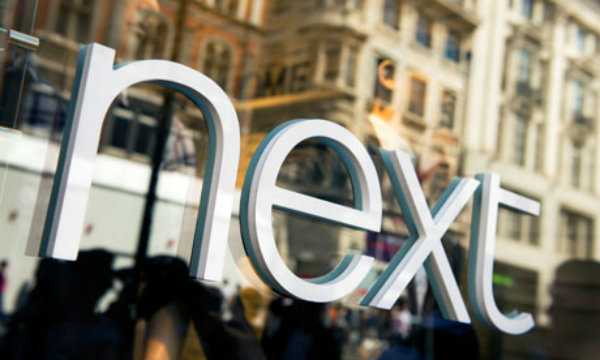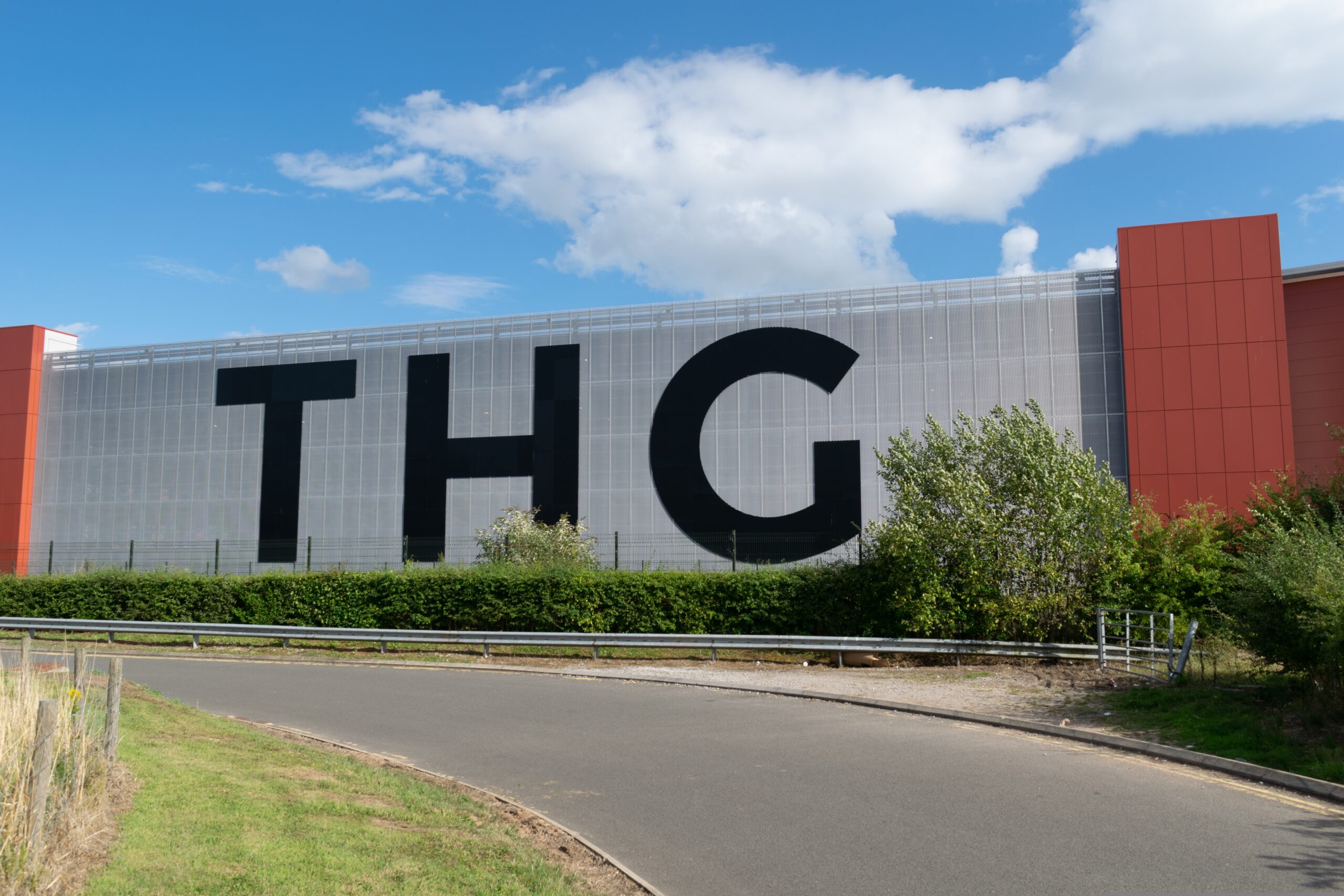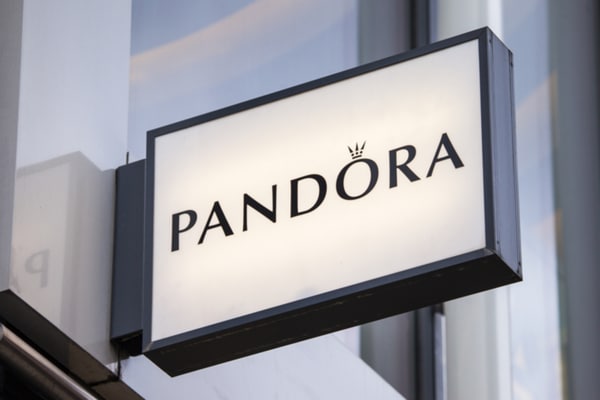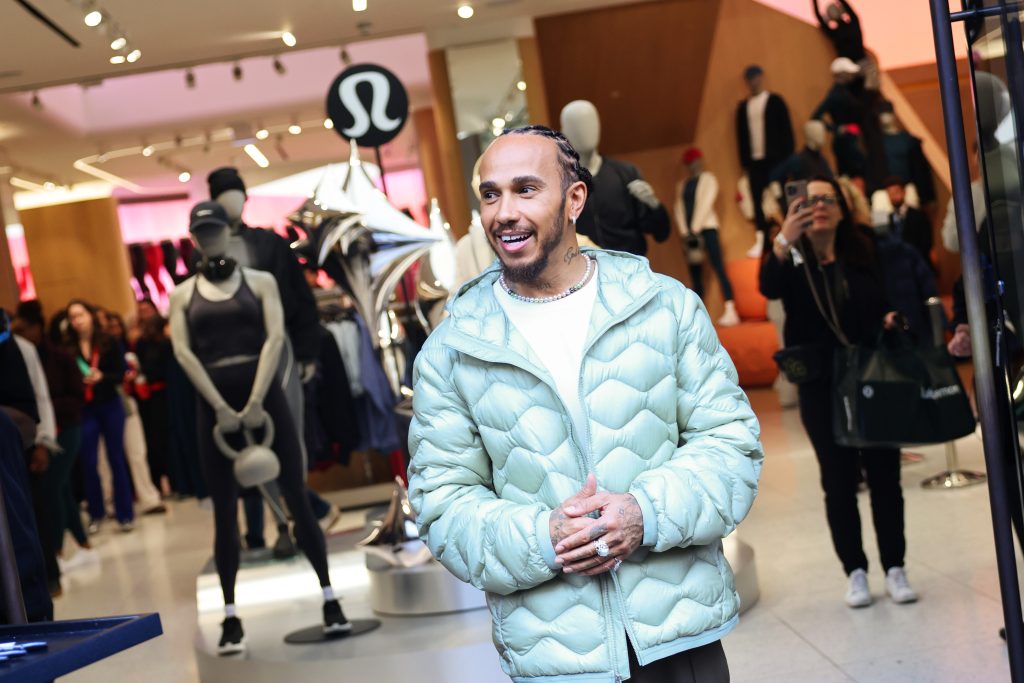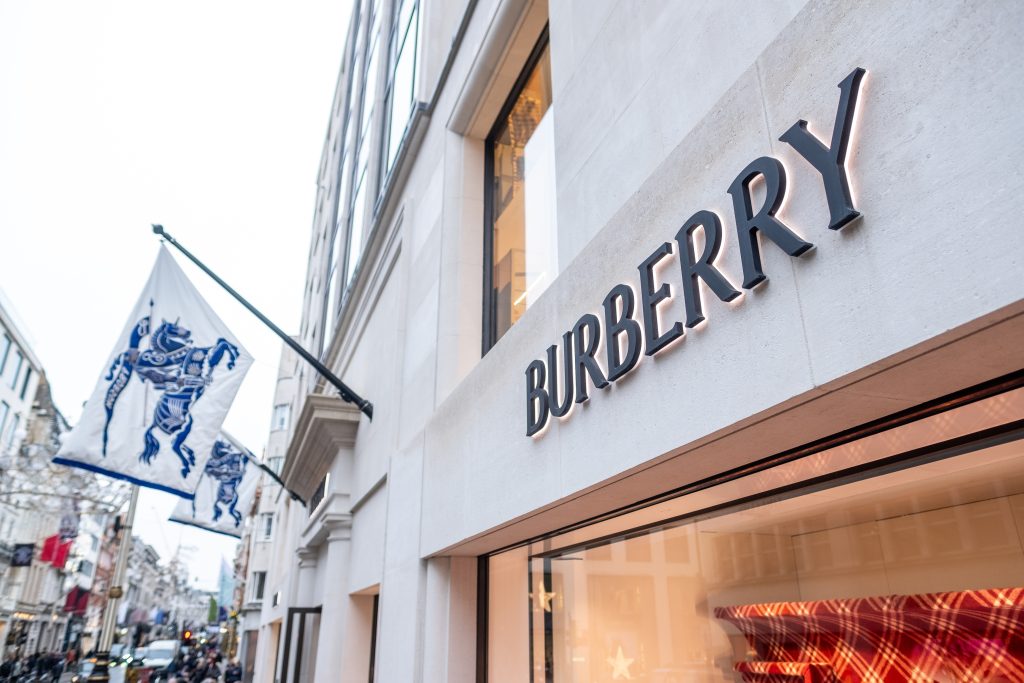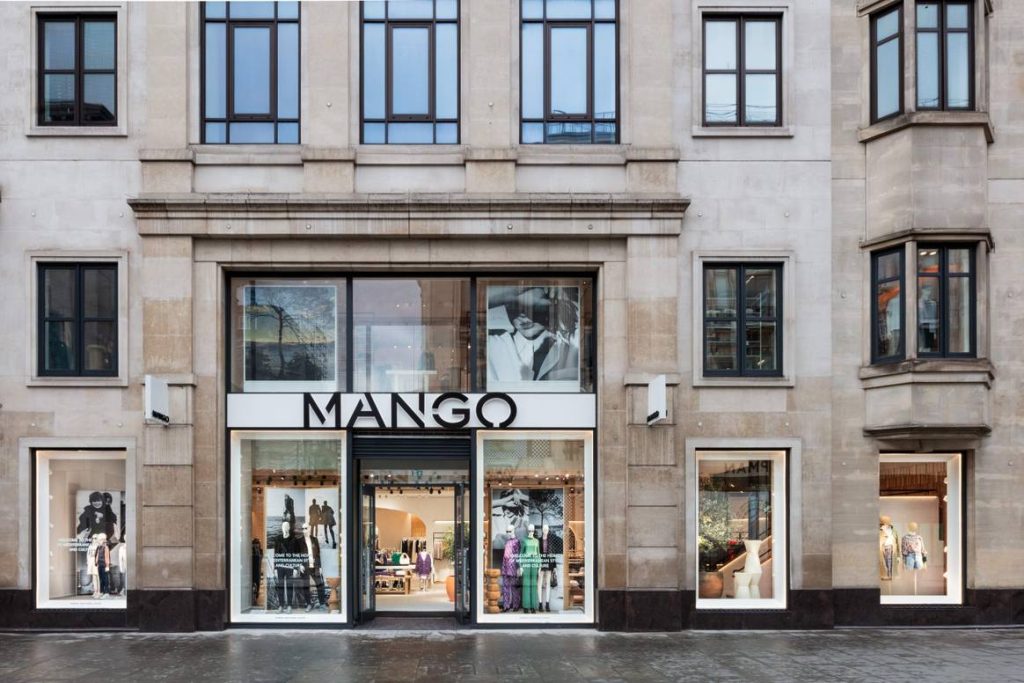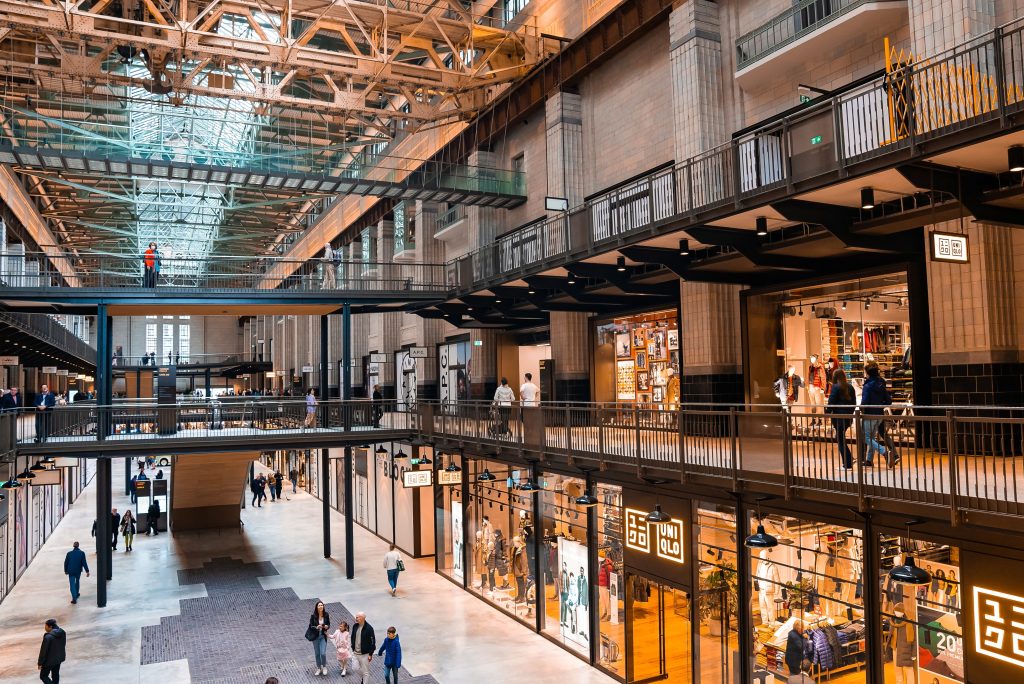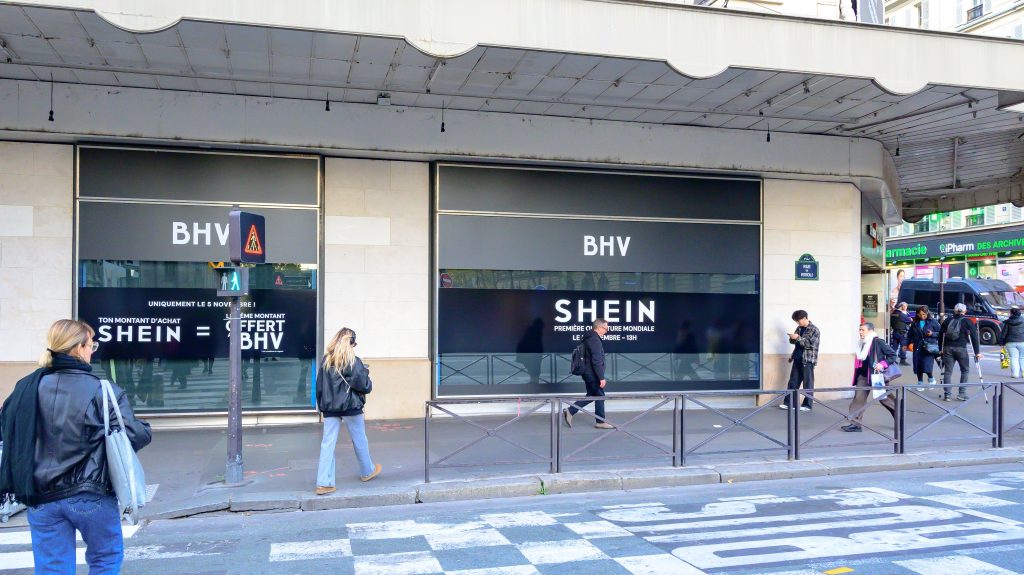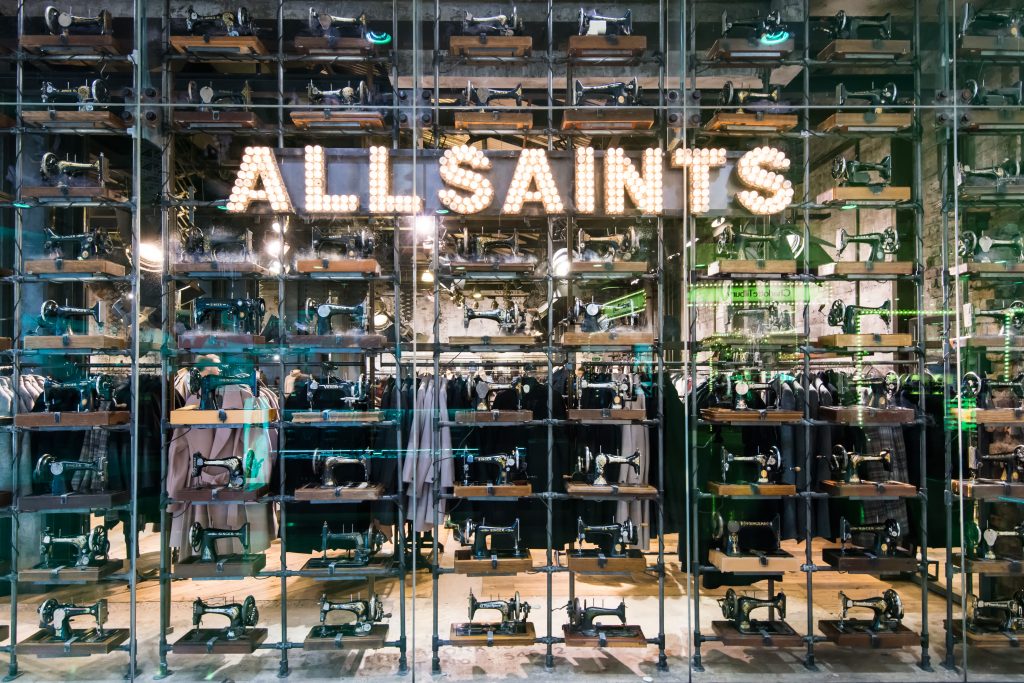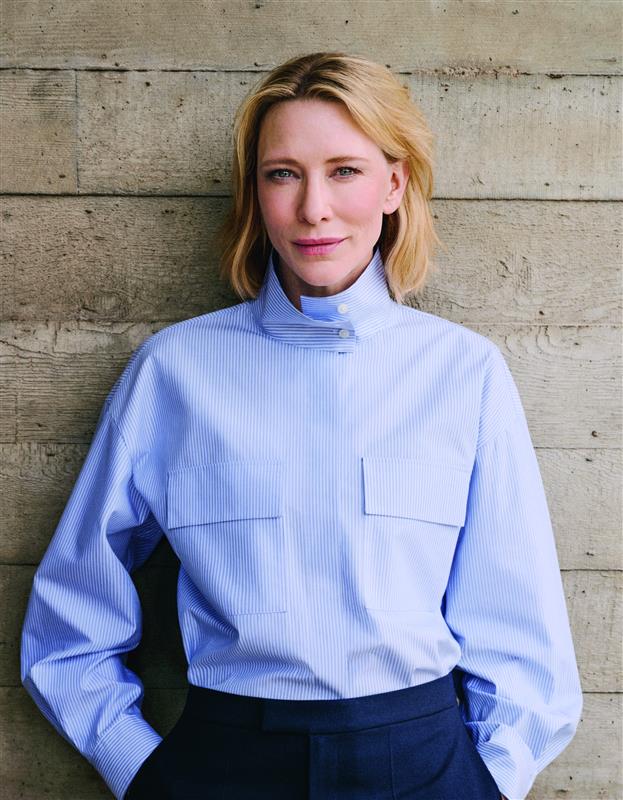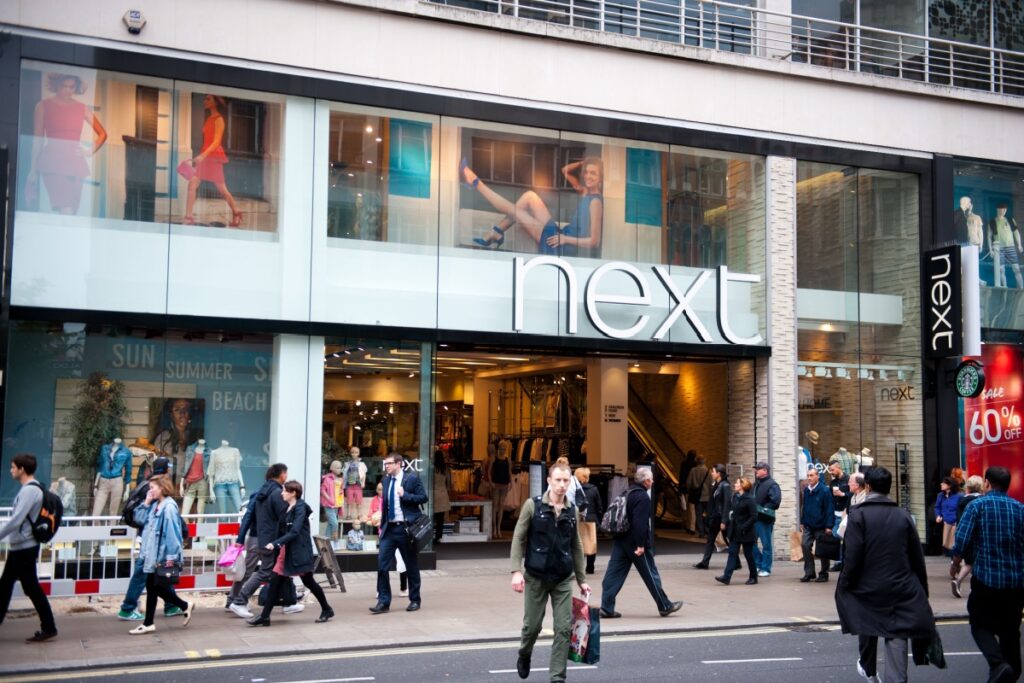High street giant Next has reported a 7.1% rise in pre-tax profits after sales of full-price goods surpassed even the retailer‘s own predictions.
The fast fashion retailer, Britain‘s largest by market share, is on the up – a far contrast from Marks & Spencer‘s clothing division.
The update comes as Next boss Lord Wolfson cautions on the impact of implementing the National Living Wage, set to cost the business £27m a year from 2016 to 2020 in order to reach the £9 level by 2020. This includes £11m to increase the wages of workers paid less than the national living wage at present, and £16m to increase the pay of the rest of the workforce at the same pace.
Next year’s increase will set the retailer back £2m but in following years, the increases will be much higher, with the total wage bill totalling £147m by 2020.”¯
As a result, Next will increase prices across the board by 1%.
“In summary, as long as the LWP [national living wage] is linked to 60% of the median wage, we believe that the burden is manageable,” Wolfson said. “The resulting price increases are also likely to be affordable in the context of forecast general wage inflation of 4.5% per annum.
There is an uncertainty as to what will happen in the event that median wage inflation is lower than the forecast 4.5% per annum. In order for the LWP to hit £9 per hour in 2020, inflation in the median wage needs to be 3.5%. If, however, wage inflation runs below 3.5% then achieving £9 in 2020 may be problematic, as it would mean raising the LWP above 60% of the median wage.
Such a move would mean that maintaining reasonable wage differentials would be likely to move the median level itself, creating a potentially harmful inflationary loop.”

